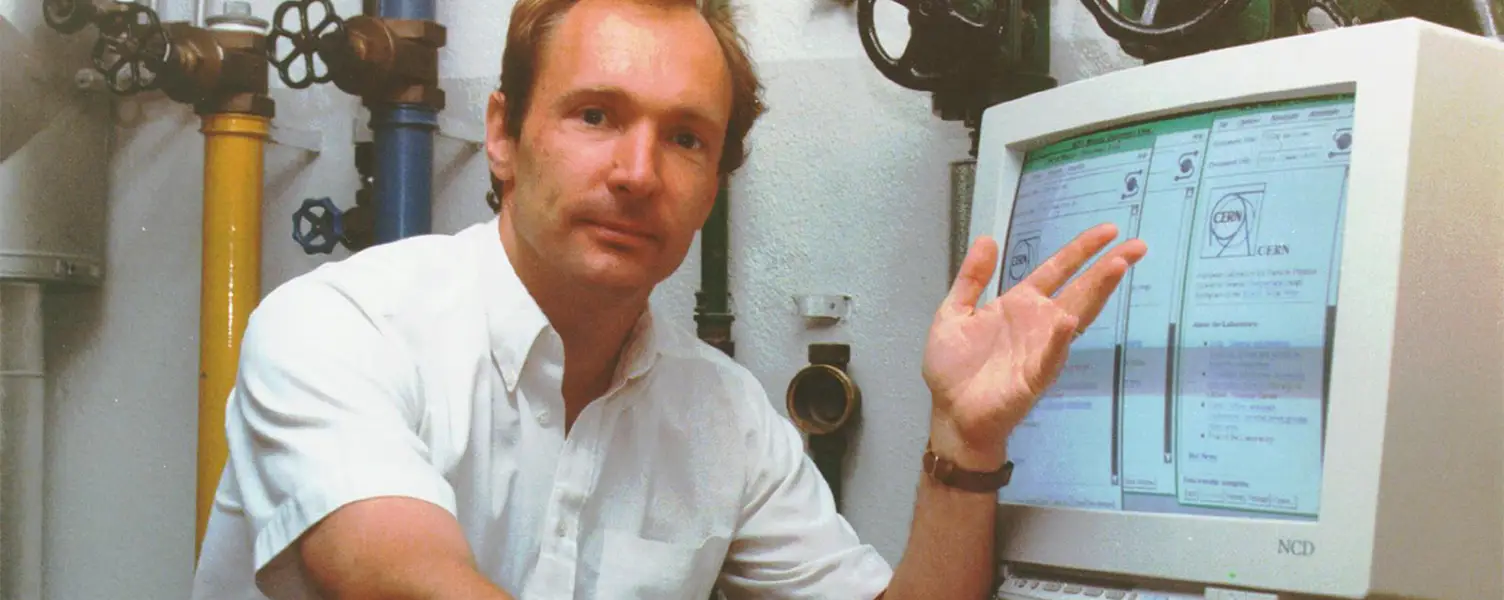
Tim Berners-Lee: The Visionary Behind the World Wide Web
Born on June 8, 1955, in London, Sir Tim Berners-Lee is a computer scientist who has had a profound impact on modern society. His groundbreaking work on the World Wide Web in 1989 laid the foundation for the interconnected digital space that we now know and love.
While working at CERN, the European Organization for Nuclear Research, Berners-Lee sought to develop a system that would enable researchers to share information easily across a network. His revolutionary idea led to the creation of the World Wide Web, a system that combines the use of hyperlinks, unique addresses (URLs), and a language to create web pages (HTML).
The First Website in the World: info.cern.ch
On August 6, 1991, Berners-Lee launched the world’s first website, info.cern.ch, from a NeXT computer at CERN in Geneva, Switzerland. The site was primarily intended as a platform for sharing information among scientists and researchers. The webpage, which still exists today, had a simple layout and provided an explanation of the World Wide Web, its principles, and how to create a web page.
The first website ever created was a crucial milestone, as it served as the catalyst for the rapid proliferation of websites and the establishment of the World Wide Web as a global information resource. Today, there are over 1.8 billion websites, showcasing the exponential growth that was sparked by the launch of info.cern.ch.
The World Wide Web’s Impact on Society
The creation of the World Wide Web has had a profound effect on society. It has transformed the way we communicate, access information, and collaborate on a global scale. The first website, info.cern.ch, set the stage for the explosion of digital content and the development of online communities, social media, e-commerce, and countless other digital innovations.
Sir Tim Berners-Lee’s vision has democratized access to knowledge, breaking down geographical and economic barriers. The internet has fostered an unprecedented era of creativity and innovation, shaping the world we live in today.
Conclusion
The first website in the world, info.cern.ch, is a testament to the ingenuity and vision of Sir Tim Berners-Lee. It marked the beginning of the digital revolution, a transformative era that has shaped the modern world in innumerable ways. As we continue to innovate and develop new ways to connect and share information, we owe a debt of gratitude to the man who brought the World Wide Web to life, forever changing the way we interact, learn, and grow.




